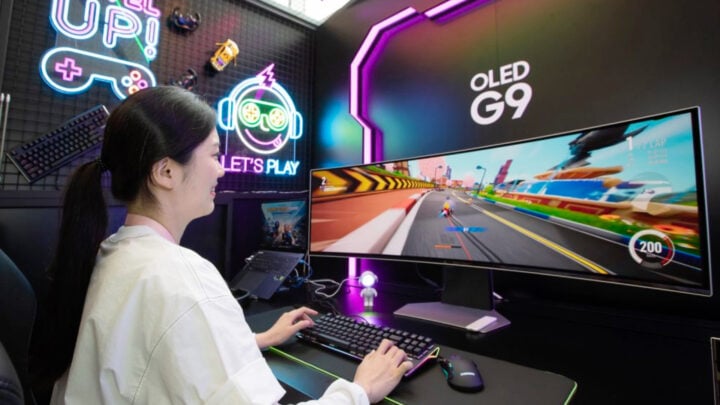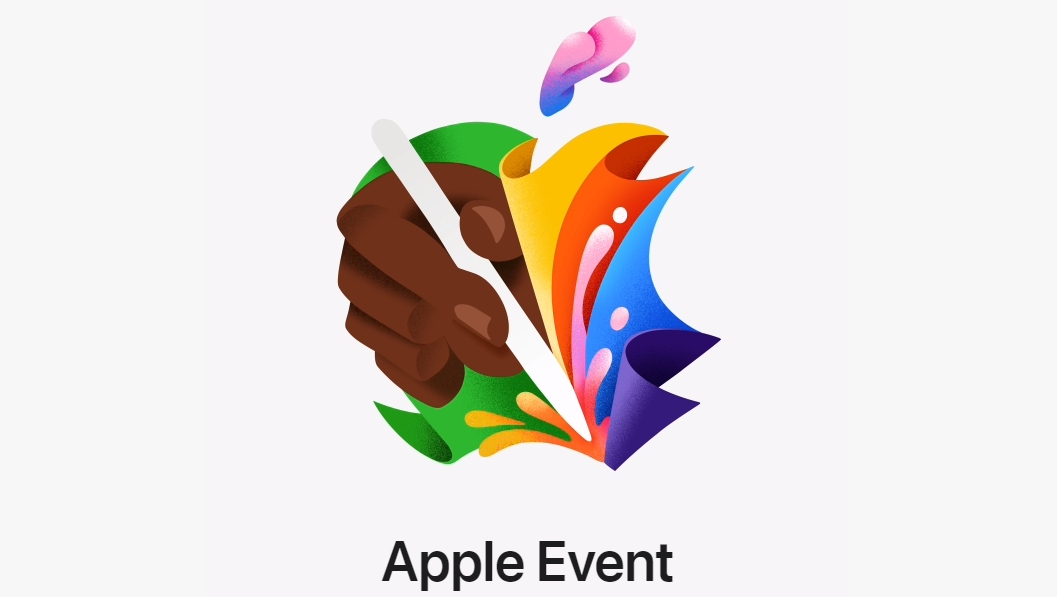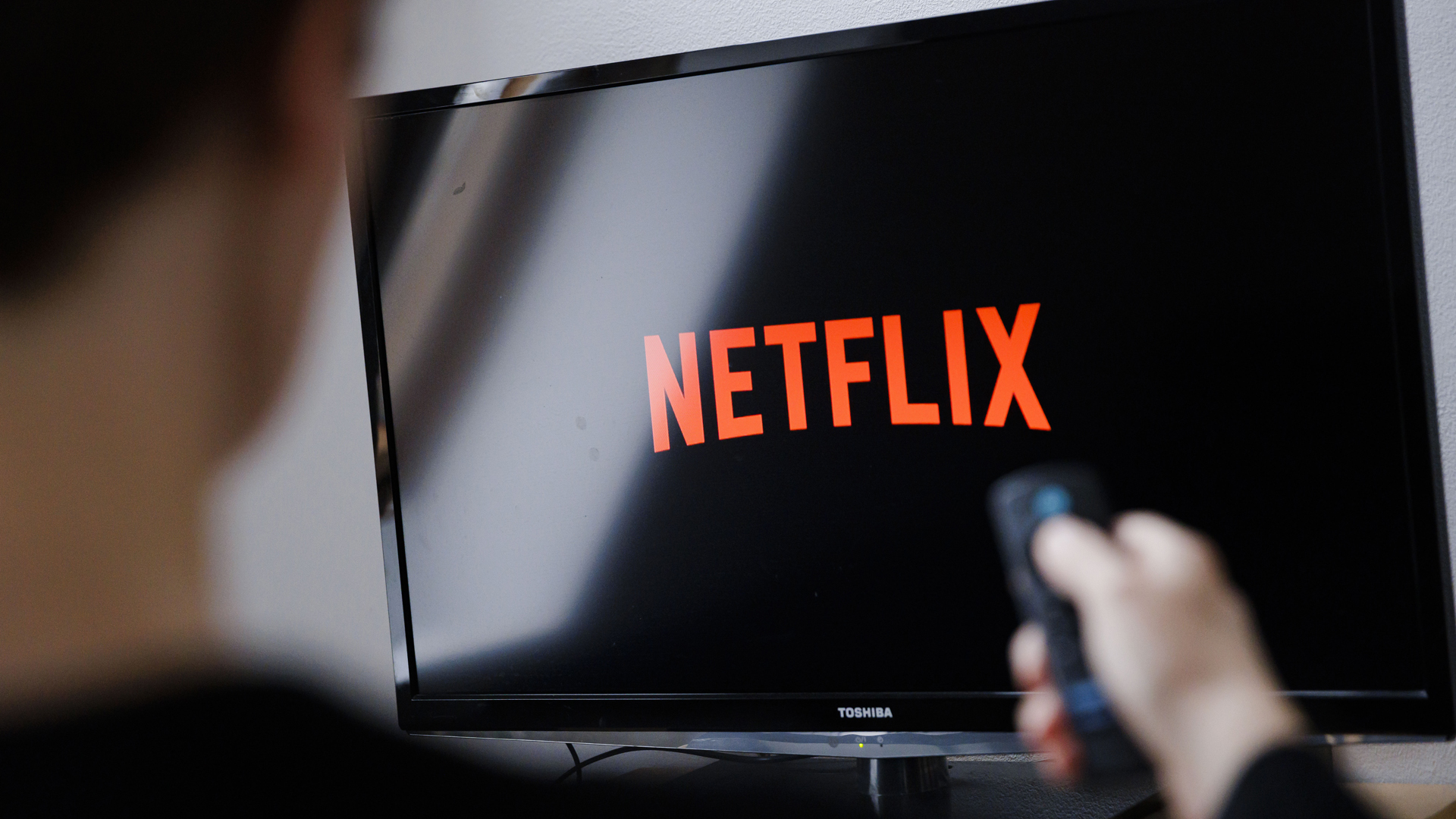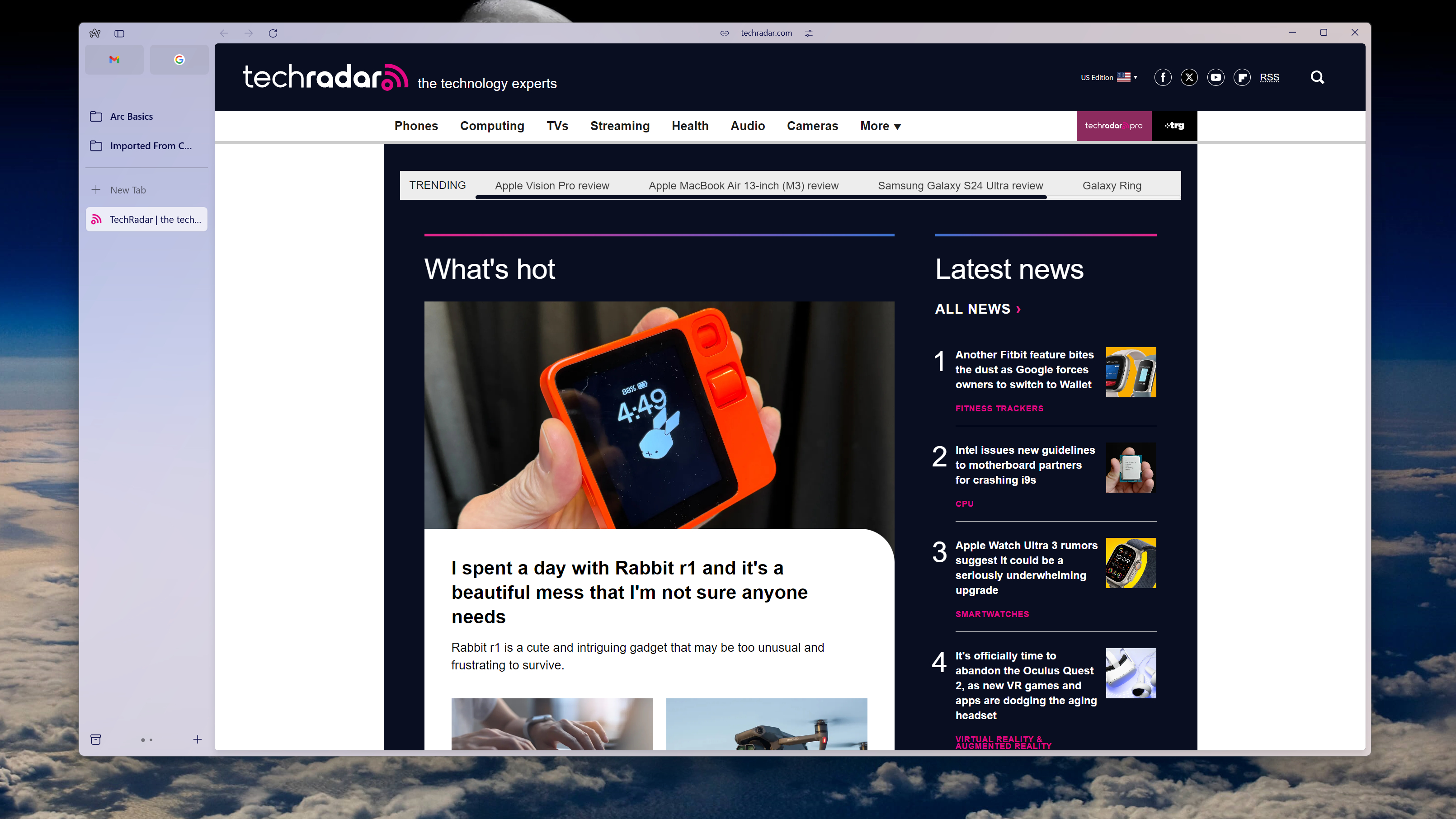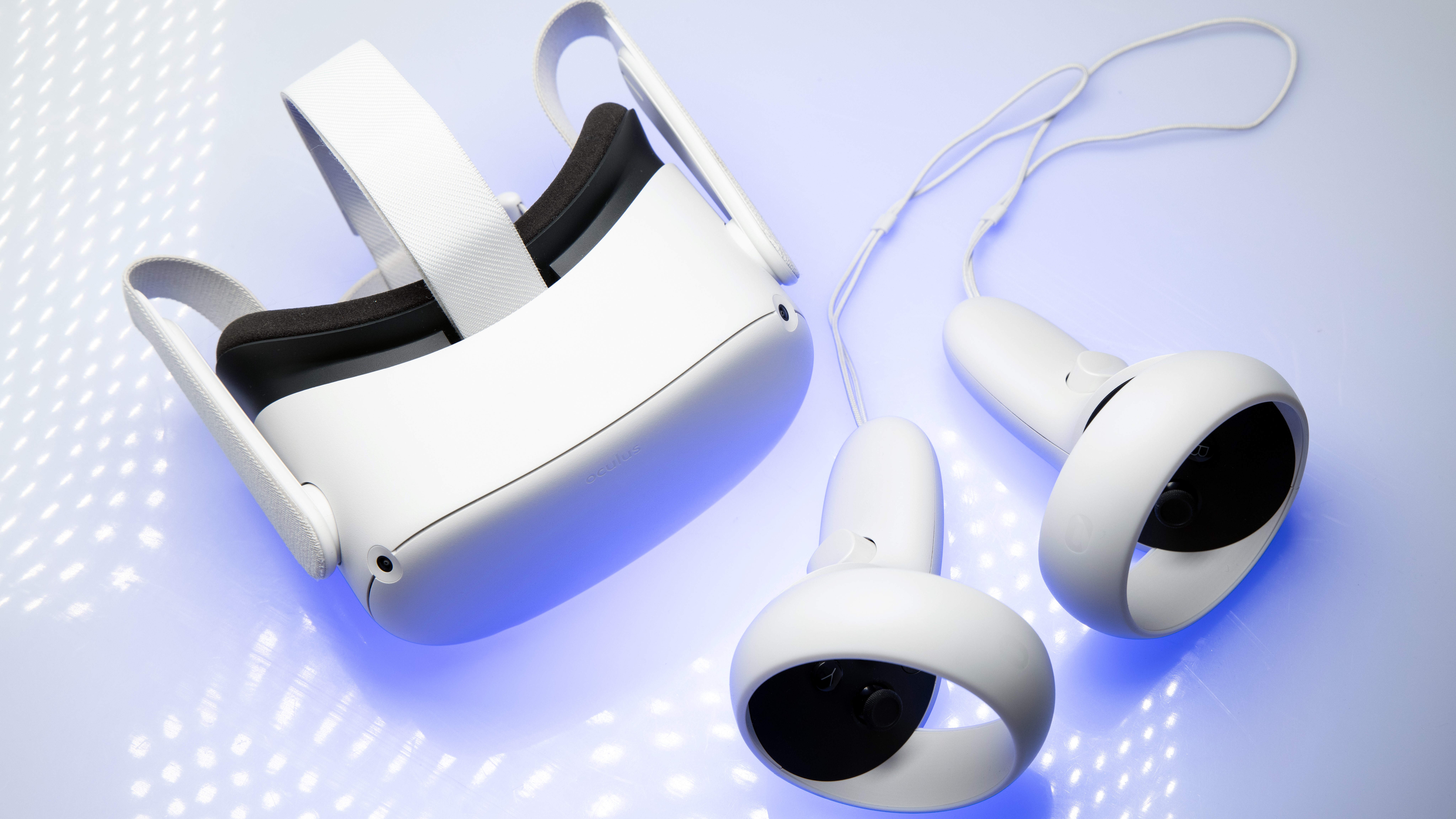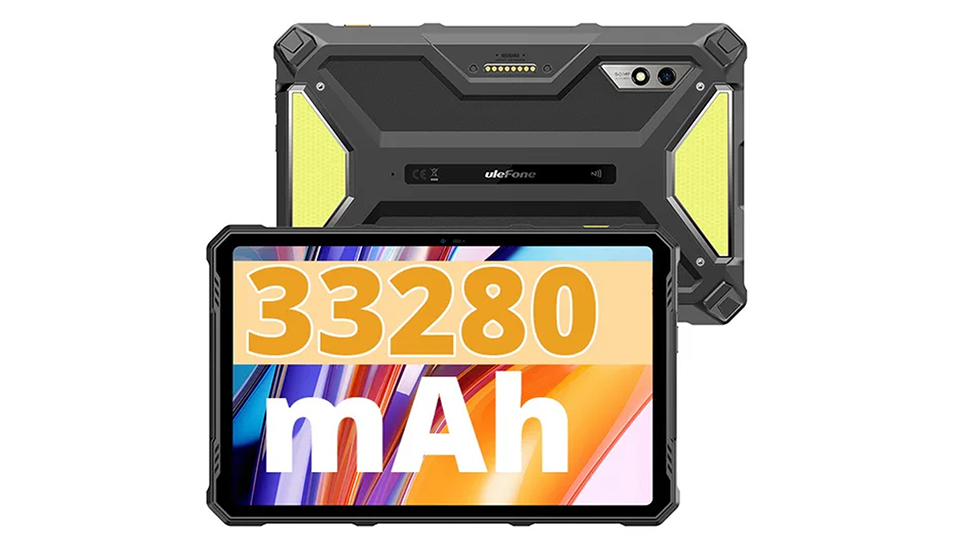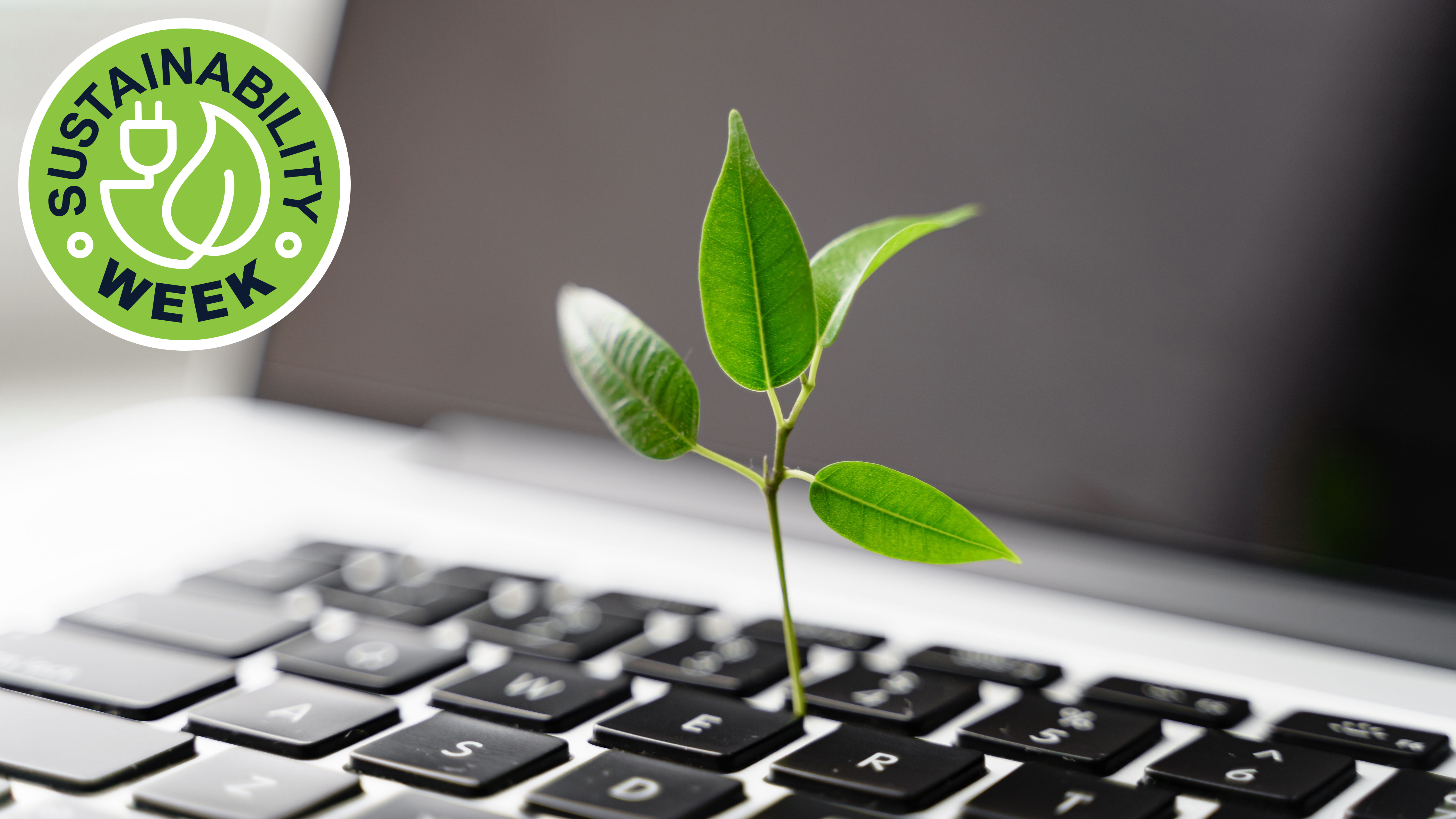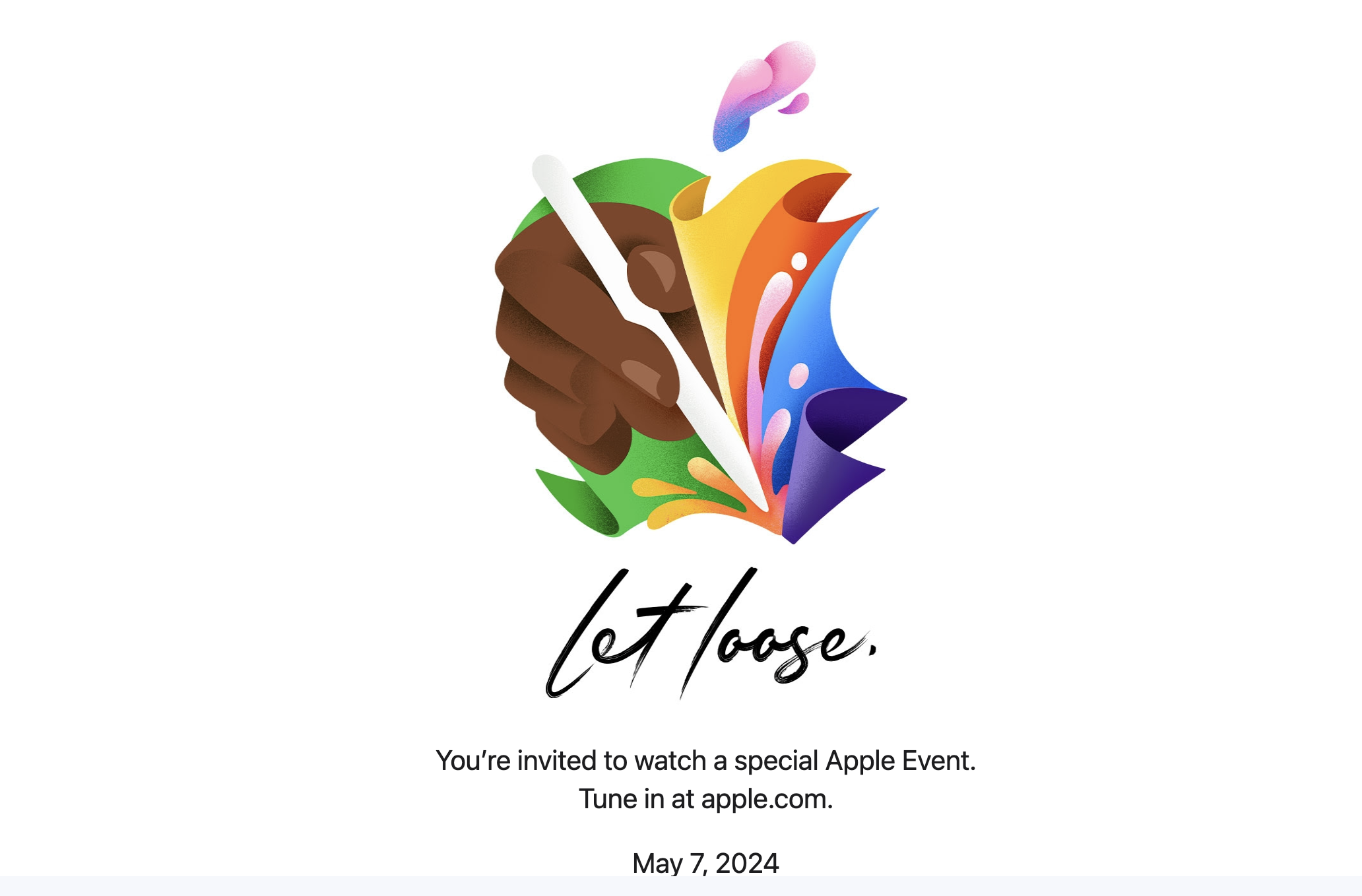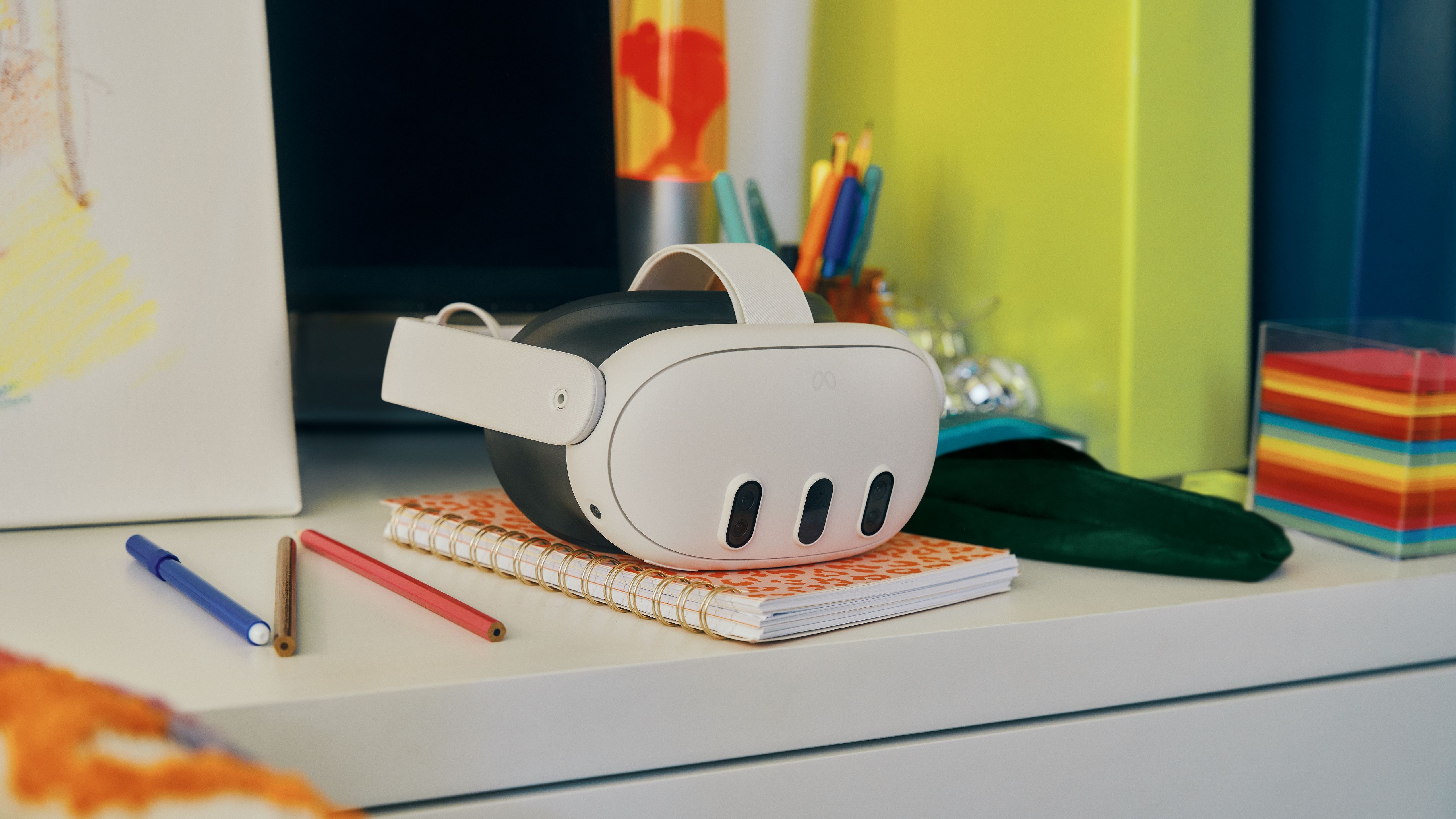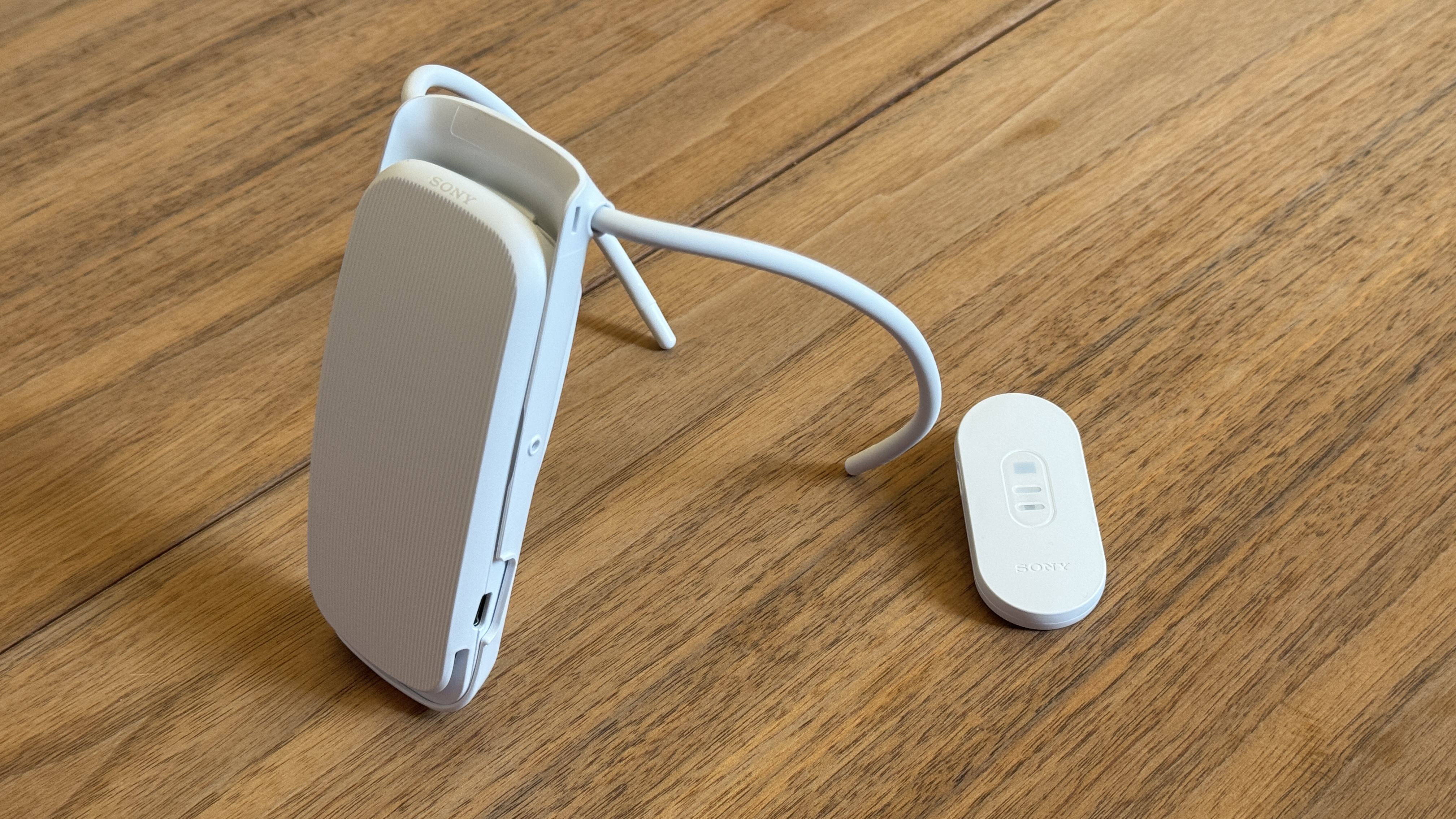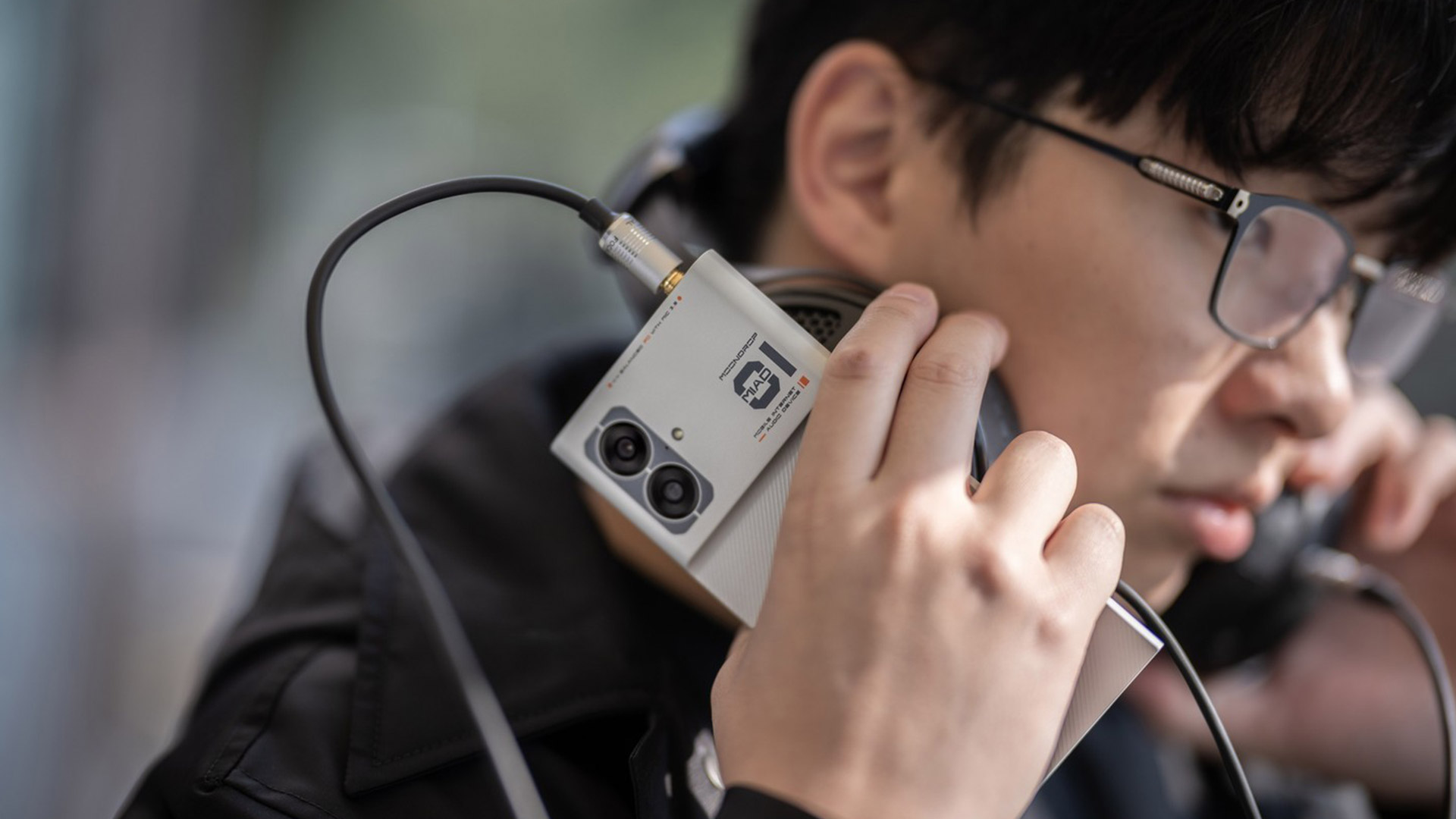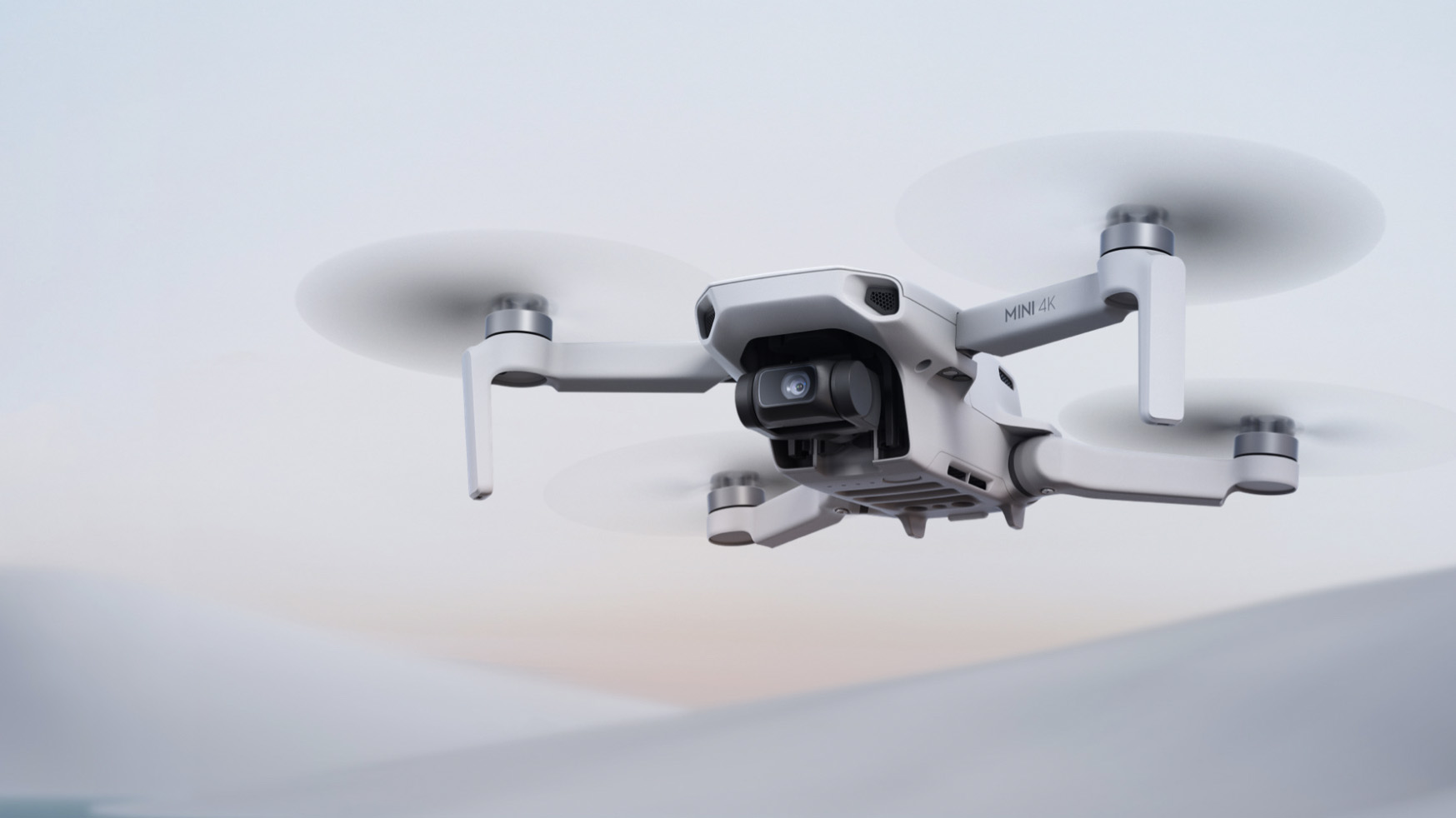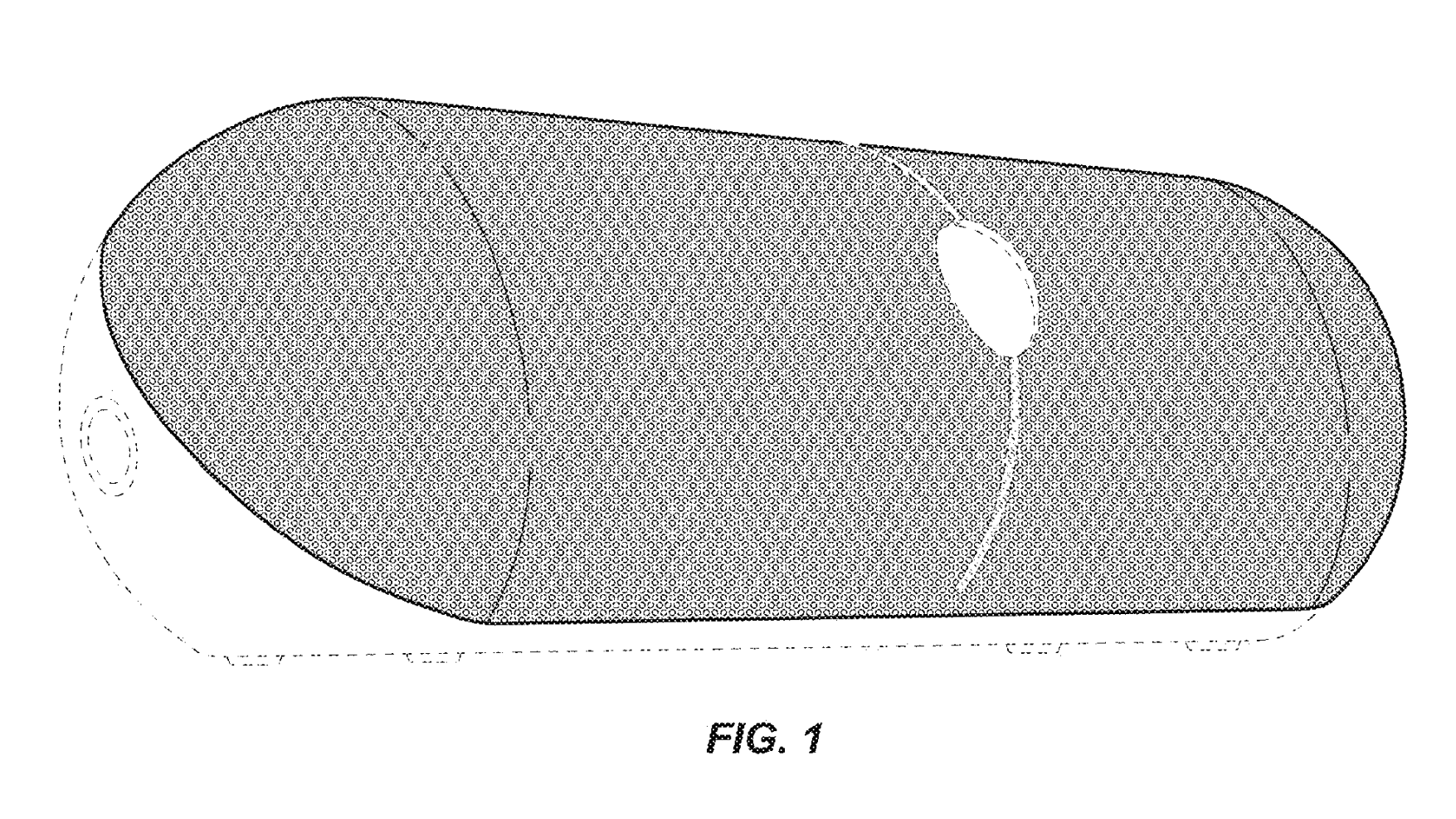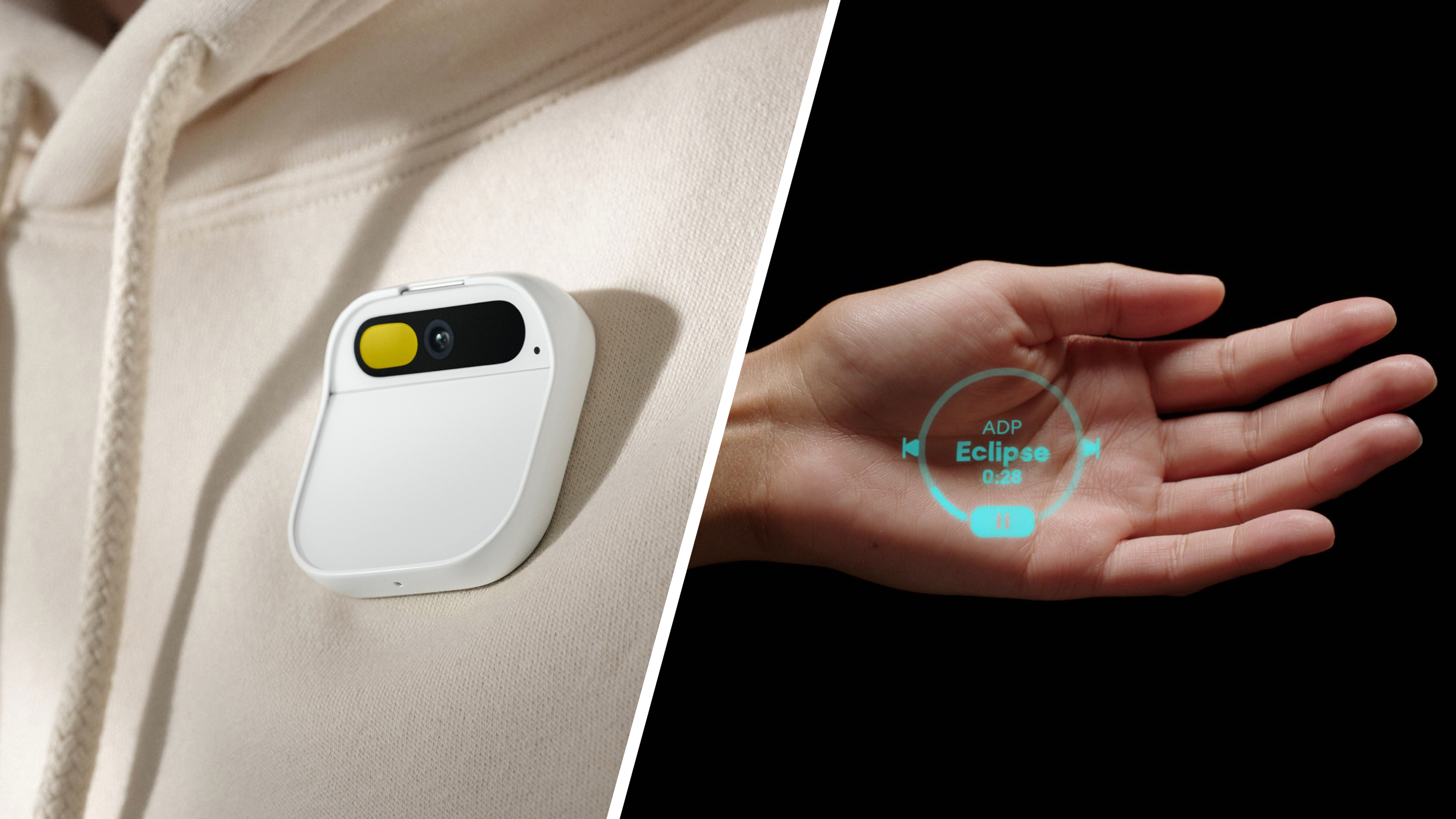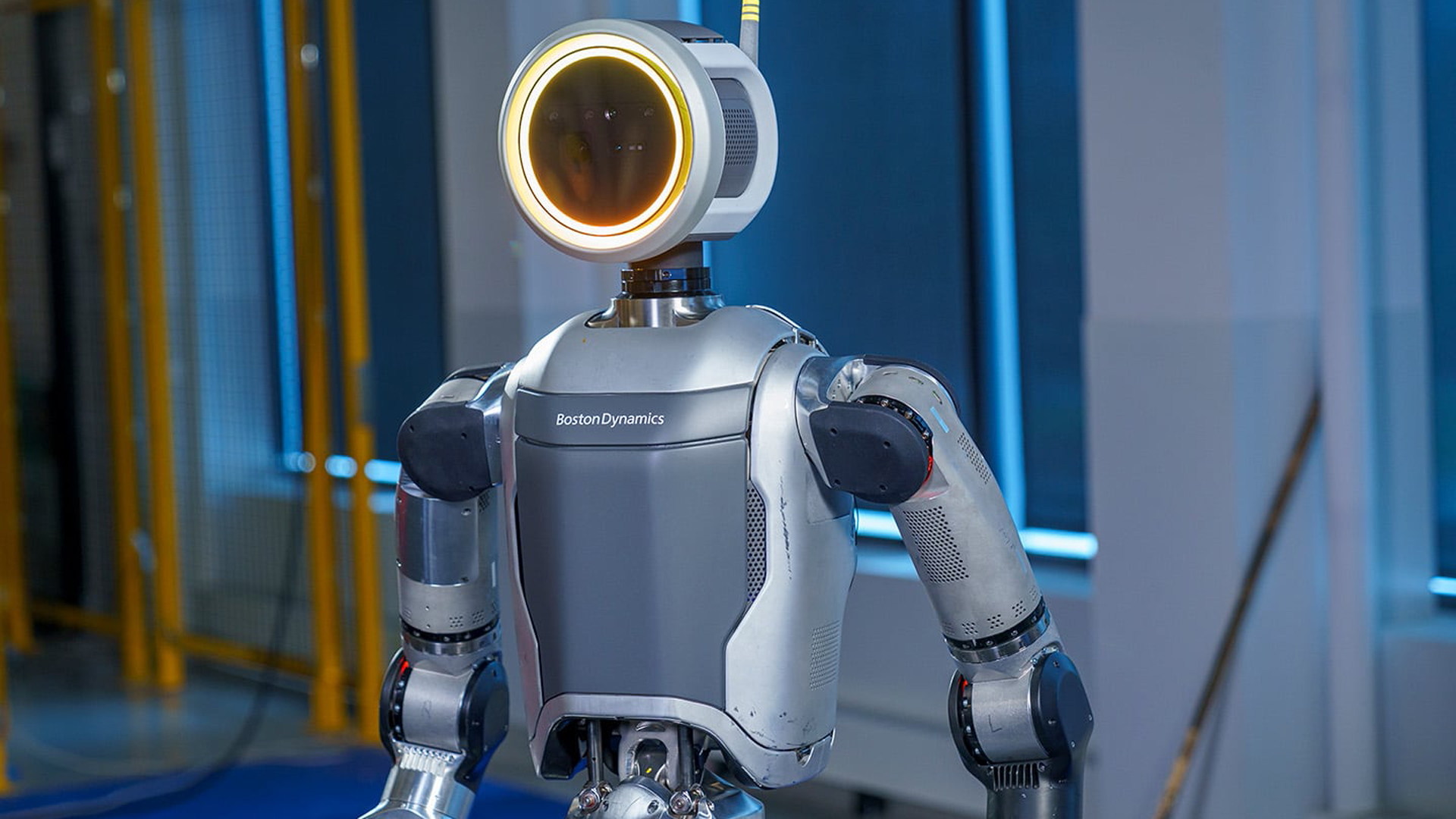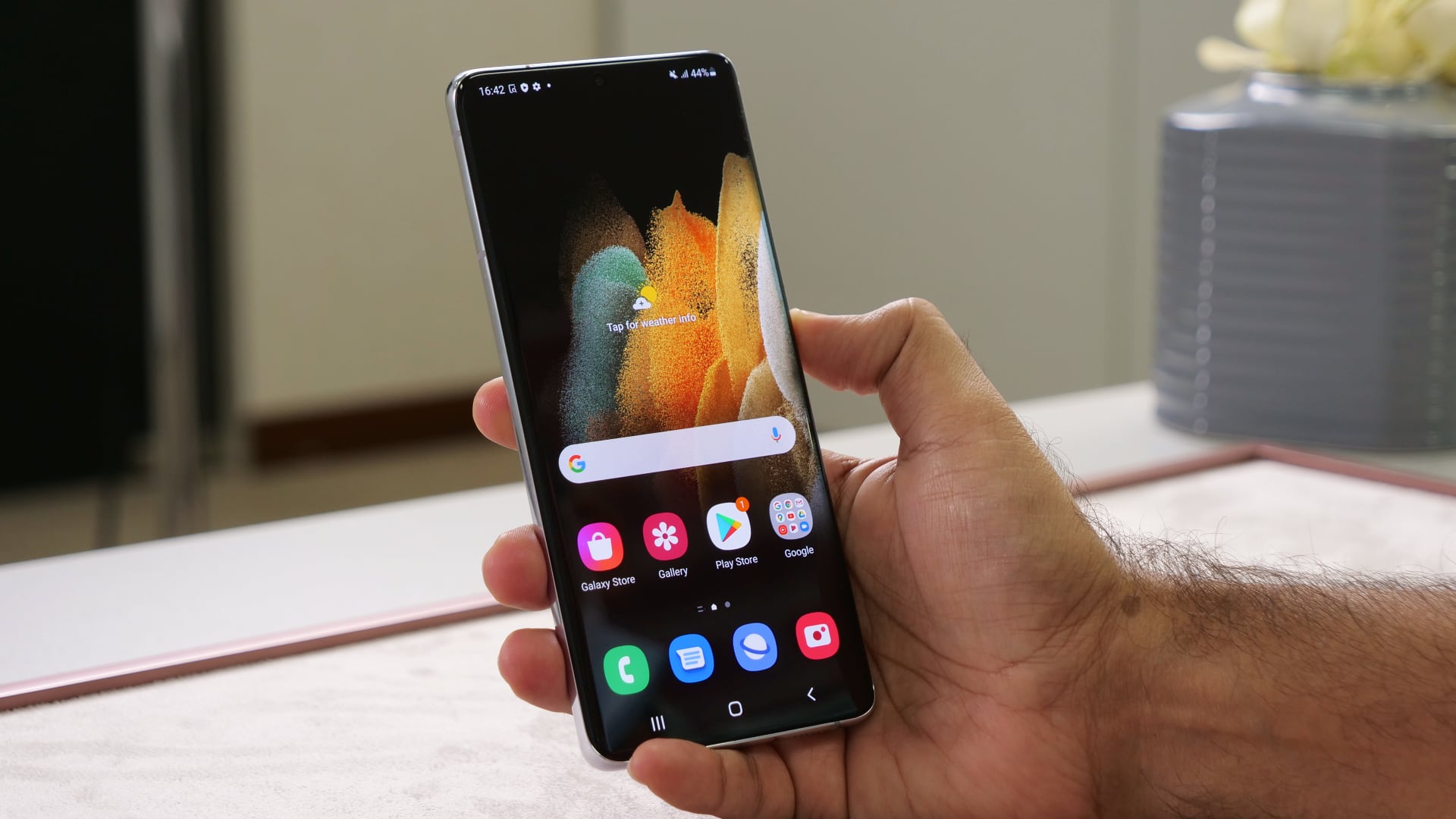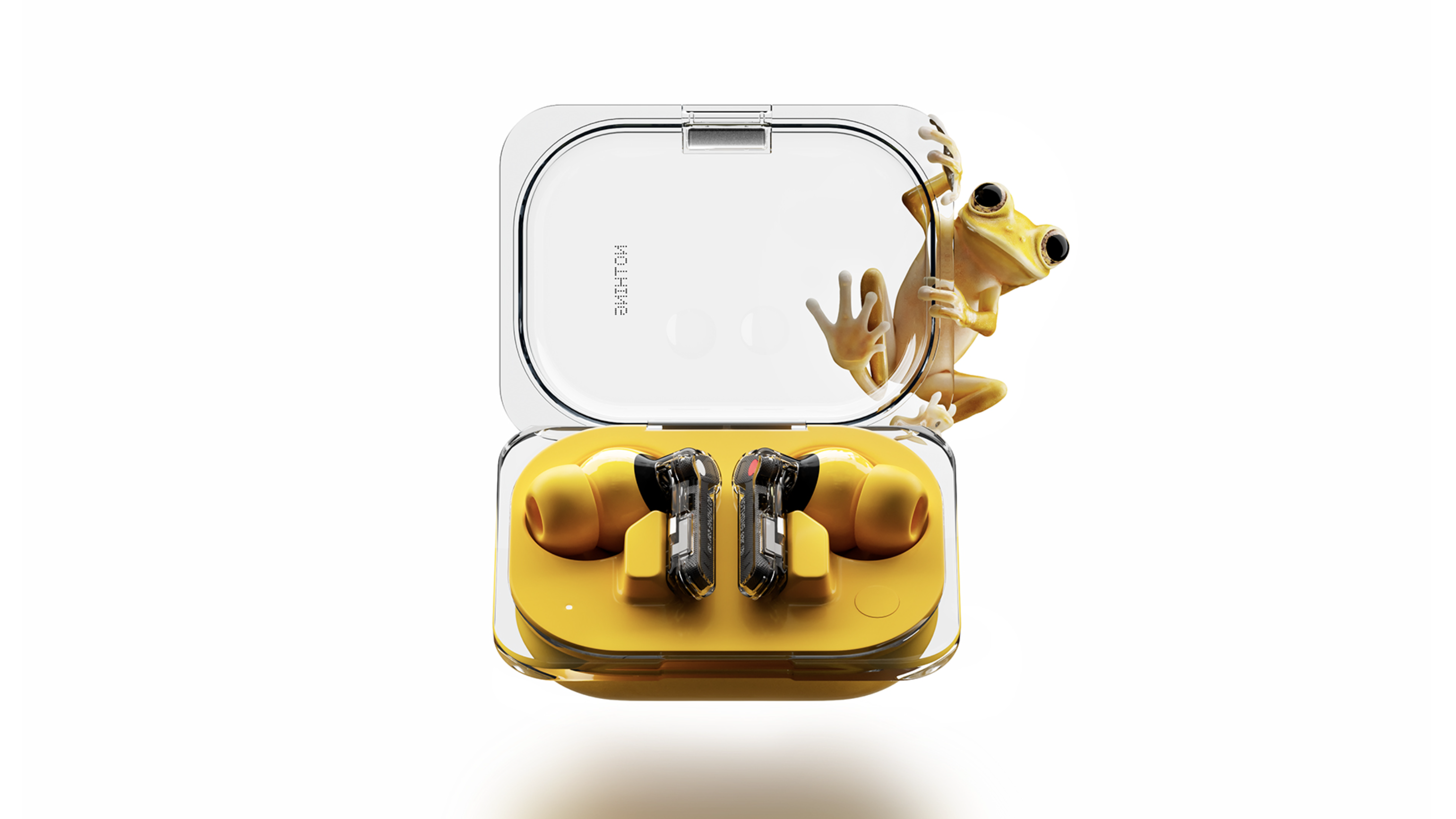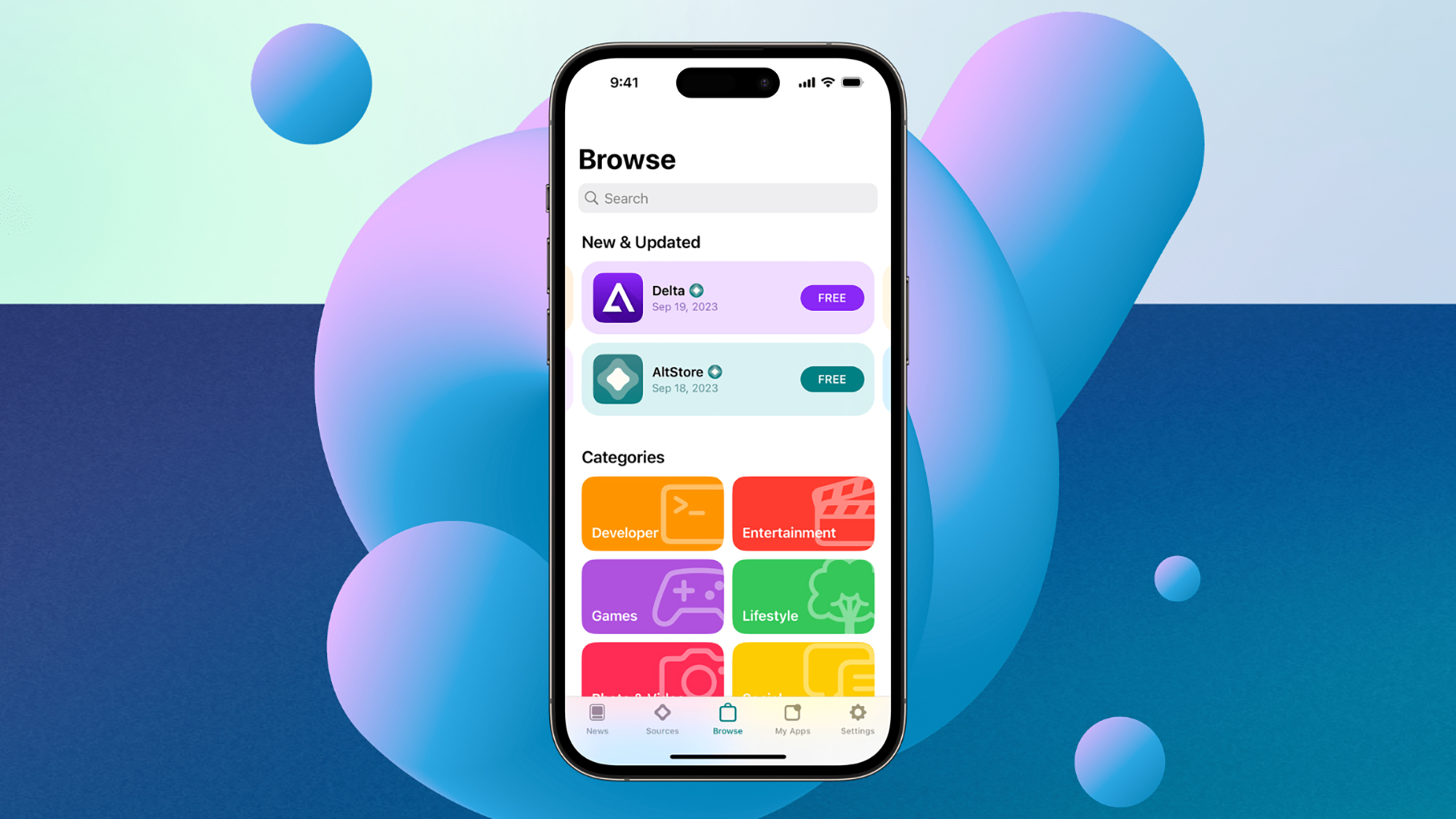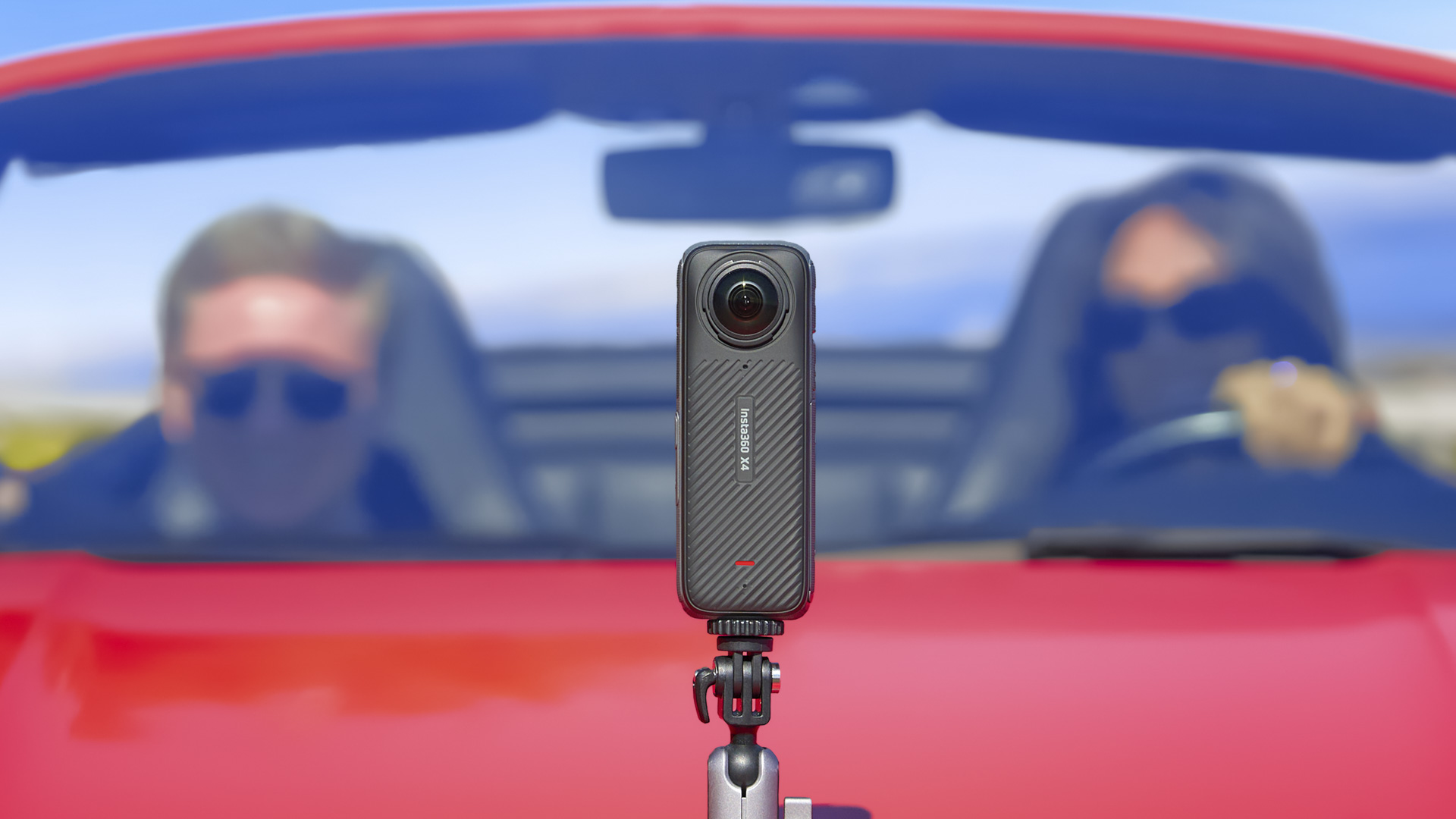[ad_1]
We’re getting into the busy tech season, folks. Apple had its massive 2024 iPad event this week, Google I/O 2024 is coming next week, and there are so many more announcements on the way.
But before we get into next week, we need to catch up on the week we’ve just had. So, to lend a hand, we’ve gathered the 8 biggest tech news stories of the week and bundled them here for you to read through them. This list includes Apple’s iPad news, Amazon‘s terrible ad plans, a new Superman suit, and another major Windows 11 bug that could slow down your PC.
If you’re looking for more tech news, why not check out episode two of our podcast (it just dropped), and be sure to return next Saturday for another ICYMI news round-up.
8. A new iPad Pro and iPad Air were revealed
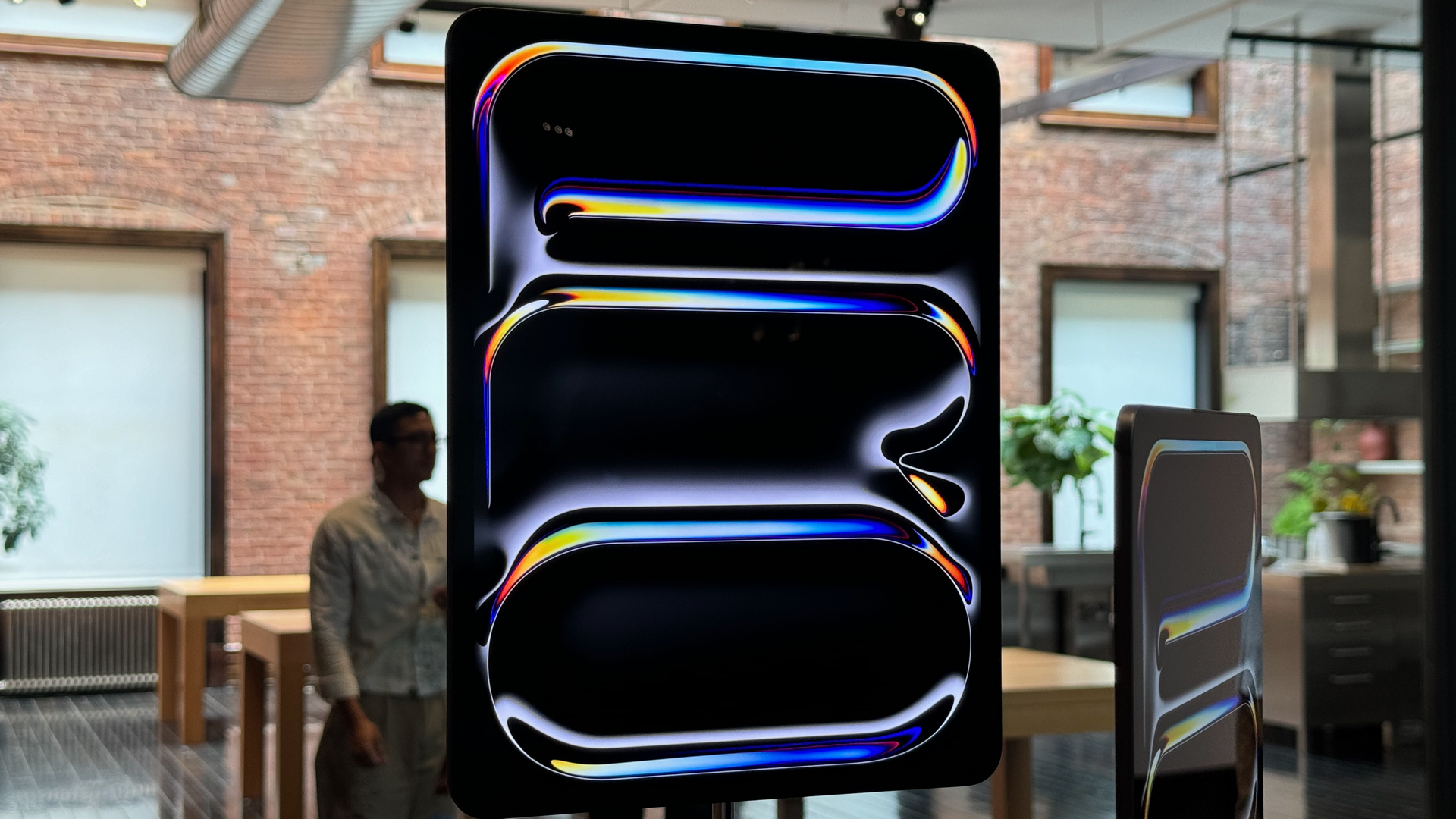
This week, Apple’s iPad category went from a sleepy utility product to the center of its tech universe, debuting not one but two brand-new technologies. First was the surprising inclusion of a brand-new chip: the M4. This is the first time a new bit of Apple Silicon has debuted inside an iPad. It’s powerful and appears to prime the pump for a big AI reveal across all Apple products when the tech giant hosts its developer conference (WWDC) in June.
The second big innovation is the Ultra Retina XDR Display, which is Apple’s fancy way of describing a tandem OLED screen, which is also another way of describing two OLED panels sandwiched together. The result is an iPad (and maybe tablet) display unlike any other.
OLED display technology enables another first: Apple’s thinnest tablet ever, even thinner than the iPad Air. That tablet lineup also got a big boost and is now available in a 13-inch model alongside an 11-inch model, both powered by an M2 chip. And, thank goodness, Apple finally moved the Facetime camera to the wider, landscape side of the device. Did we mention the Air is now thicker than the iPad Pro?
7. The M4 chip made its debut… in an iPad?

Apple debuted its latest piece of Apple Silicon at its iPad event with the M4 chip. This upgraded module houses a 10-core CPU and 10-core GPU, up from the 8-core CPU and 8-core GPU of the base M3 chip, and supports up to 38 trillion operations per second in its neural engine (Apple’s version of an NPU). It contains 28 billion transistors, up from 25 billion in the M3, and can support up to 128GB of unified memory.
We don’t have any direct comparisons to the M3 – and we haven’t had the chance to properly test it out yet – but Apple says that the CPU performance is a 50% increase over the Apple M2, and its GPU performance is up to 400% faster than the M2’s GPU. The M2 was chosen because that’s what the last-gen iPad Pro used.
Unfortunately, this iPad debut could be a sign that Apple is losing faith in its MacBooks, but we hope that isn’t the case.
6. Apple handed its best Pencil so far to digital artists
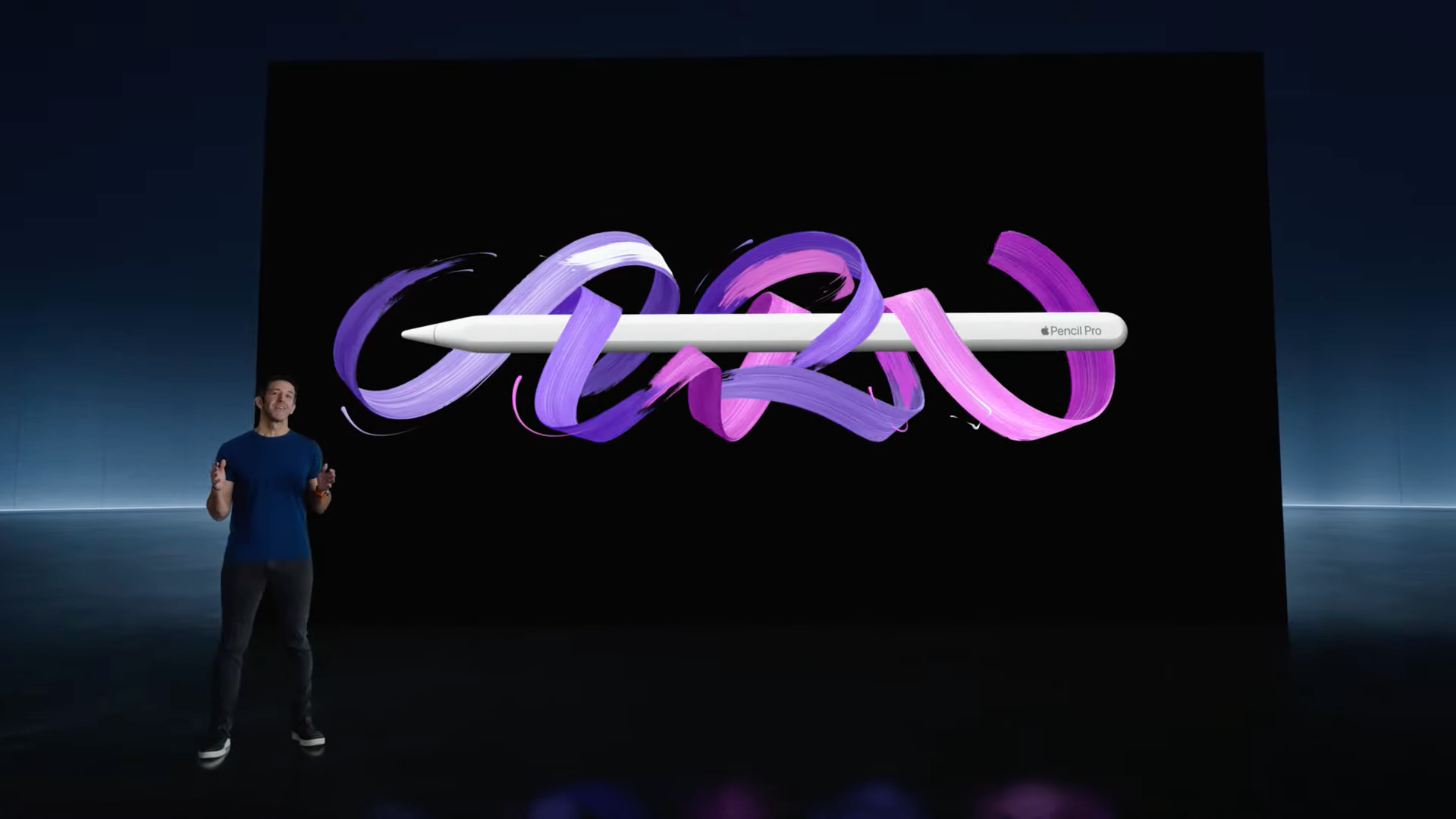
If you primarily use tablets for drawing or sketching, Apple’s new Pencil Pro was arguably more exciting news than its new iPads. Unfortunately, the stylus is only compatible with the new iPad Pro (2024) and iPad Air, which is a shame. But on the plus side, it has many new tricks – including a new squeeze gesture for quickly switching between app menus.
Another notable new feature is ‘Barrel Roll,’ which lets you twist the Pencil Pro to rotate on-screen objects or change the orientation of a digital brush. There’s also now Find My support to help you track down the stylus when it inevitably goes missing – potentially saving you from splashing out $129 / £129 / AU$219 on a new one.
5. We found out Prime Video ads might get worse

Earlier this year, Amazon added ads to its Prime Video streaming service for everyone – unless you pay an extra $2.99 / £2.99 per month on top of your subscription (Australian viewers are spared for now).
But this week, things got worse. Ahead of an upcoming ‘upfront’ – an event where TV networks sell commercial space to advertisers – the streamer unveiled three new types of advertisements that could be coming to its platform: carousel, interactive, and pause ads.
These are all designed to convince you to buy products from Amazon’s store with just a few clicks. It’s all very scary and annoying, and it’s one of the reasons why this writer is canceling their Amazon Prime subscription.
4. Asus announced the ROG Ally X
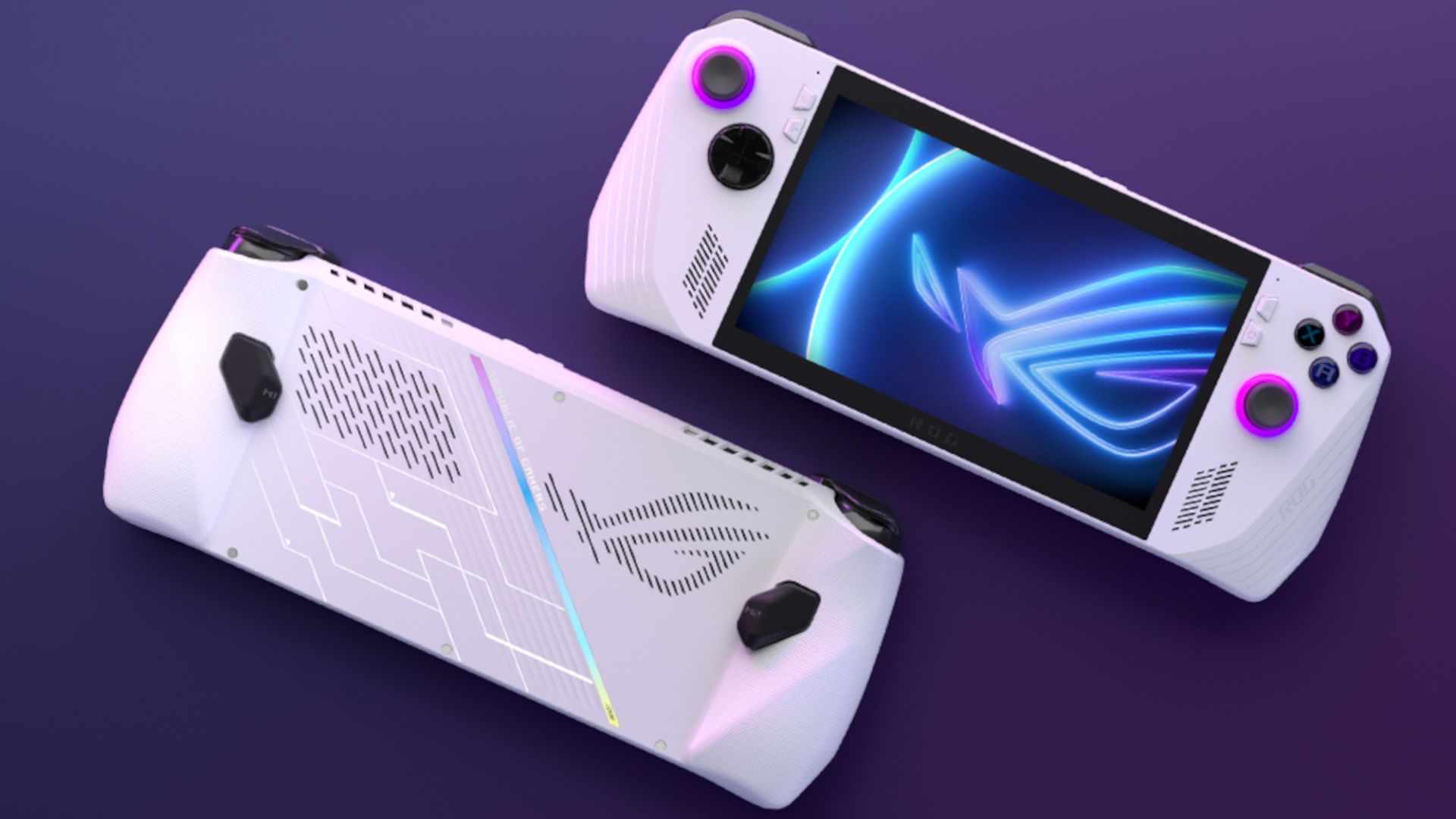
Asus officially confirmed that the ROG Ally X is on its way this week, revealing that the hardware is aimed at hardcore gamers hoping to see major changes compared to the OG Asus ROG Ally portable gaming handheld.
We heard a few details, like improvements are coming to its RAM, ports (with a mention of a proper fix to the SSD port), battery life, and the UI Armory Crate. Unfortunately, we’ll need to wait a little longer for the full details.
A full stream showcasing all of the changes coming to the ROG Ally X will drop on June 2, 2024.
3. Windows 11 was found to hurt your SSD performance

According to a new report that came out this week, Microsoft may be auto-enabling software encryption BitLocker in the upcoming Windows 11 update.
That might not sound too bad (encryption means you’re more secure, right?), but the problem is that BitLocker can cut your SSD’s performance in half. What’s more, the encryption it provides isn’t even that good – hackers with a $10 Raspberry Pi Pico, physical access to the target endpoint, and overall knowledge can crack it with ease – so the security benefits are seen as negligible.
Luckily, there is a way to disable this annoying encryption by diving into your PC’s settings.
2. James Gun’s “Superman” found his suit

James Gunn’s Superman movie is still over a year away from flying into theaters, but the DC Cinematic Universe’s (DCU) co-creator is slowly peeling back the layers of one of 2025’s most anticipated new movies.
Earlier this week, we were finally treated to a first official look at the Man of Steel’s new suit, which has certainly got fans talking. The new image of David Corenswet’s Son of Krypton didn’t just show off the costume, though. It also teased the arrival of another fan-favorite Superman villain (you know, outside of Nicholas Hoult’s Lex Luthor) which would be another pleasing inclusion for the exciting flick. July 2025 can’t come soon enough for the DCU Chapter One’s first film.
1. Sonos unveiled a new app, and speakers were leaked
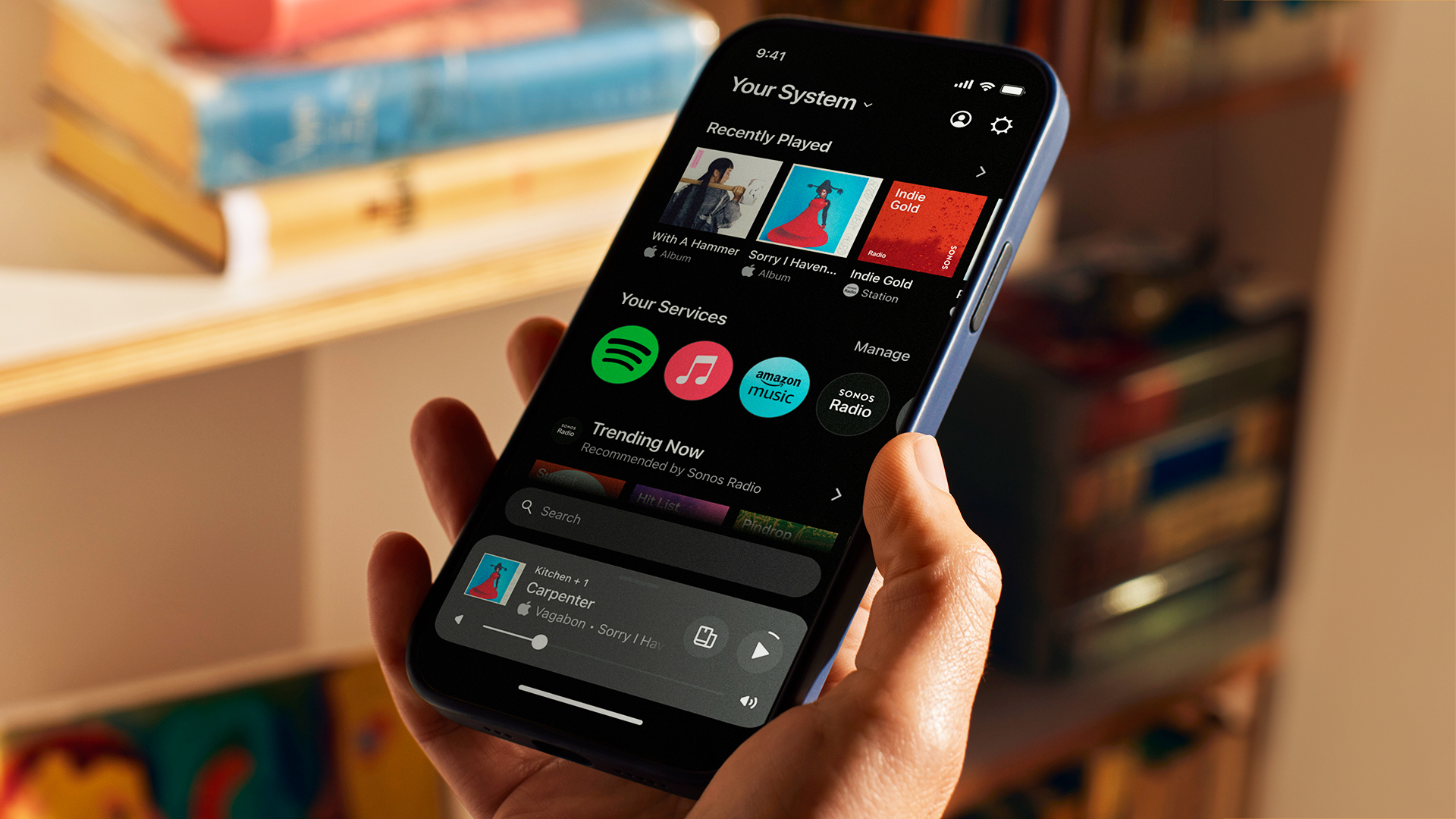
If you thought you were desperate to get to the weekend, spare a thought for the folks at Sonos after the last few days.
Let’s start with the news that the long-anticipated Sonos headphones seem to have a name, a design, and a likely price after a Dutch retailer leaked all three. But that wasn’t the only leak of a new Sonos product – a speaker purporting to be the Sonos Roam 2 appeared. We say purporting, because it looks extremely similar to the first-gen model, but seems to have a few much-wanted usability upgrades.
Away from the leaks, Sonos released its all-new app with slick music hub features – but even this was a mixed blessing because Sonos power users quickly took to the internet to complain about missing features, and the company is now promising to take direct feedback.
You Might Also Like
[ad_2]
Source Article Link



